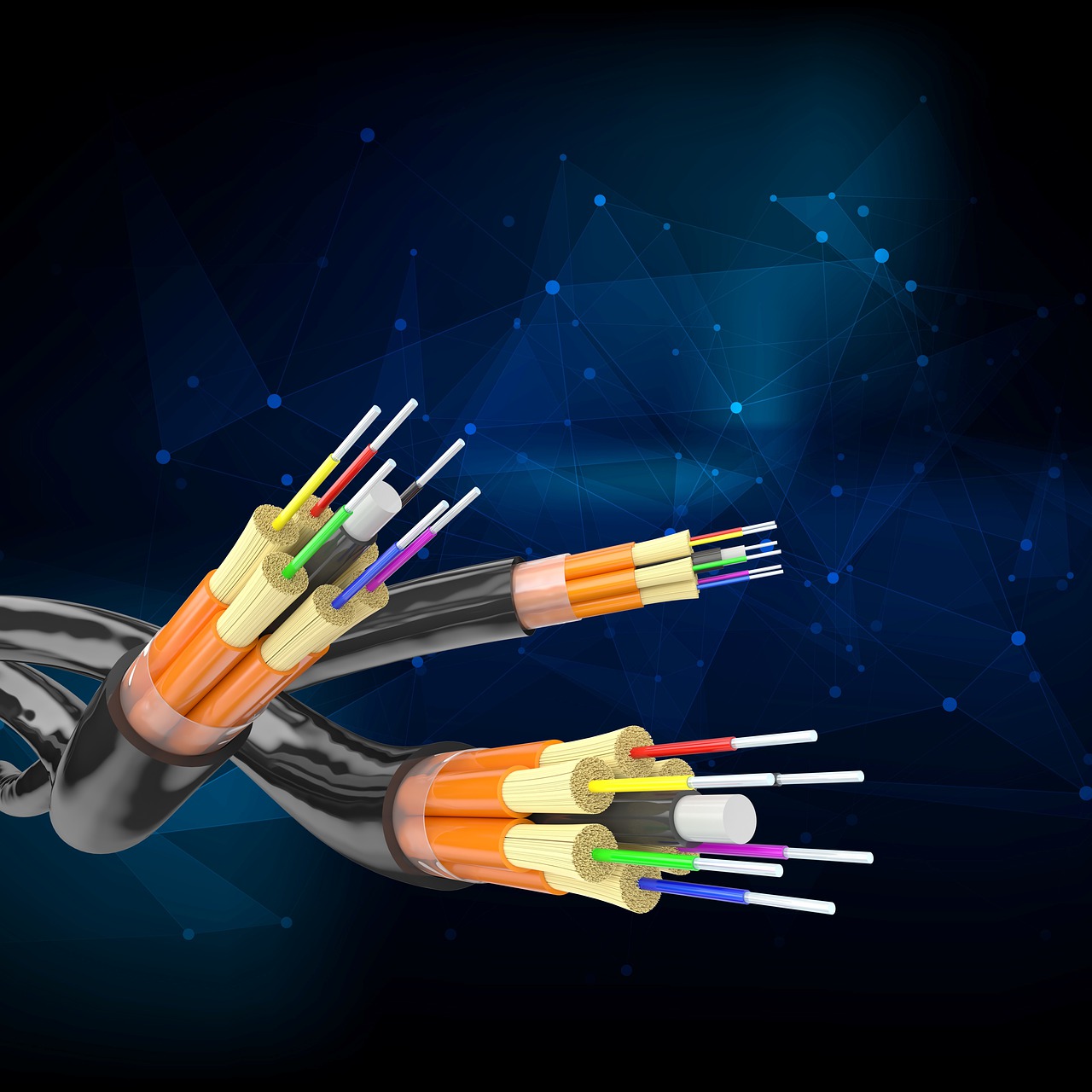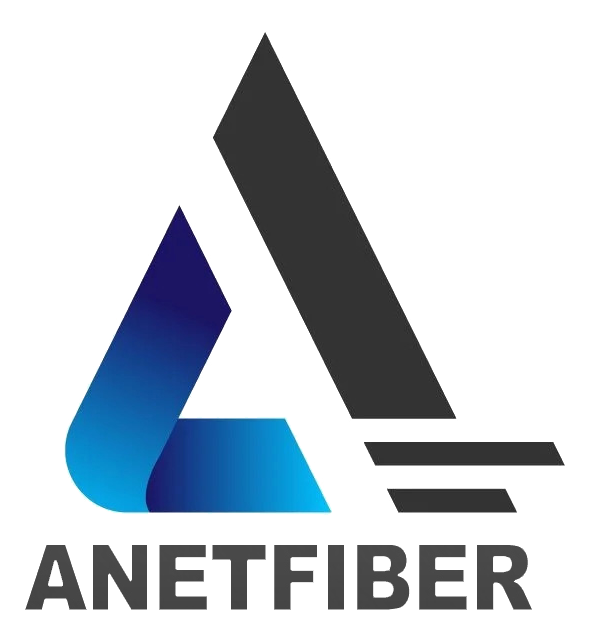Steps in Fiber Optic Cable Manufacturing Process

Introduction to Fiber Optic Cable Manufacturing
Fiber optic cables are a crucial component of modern telecommunications and data transmission systems. Fiber optic technology has revolutionized the way information is transmitted, offering numerous advantages over traditional copper wiring. What makes fiber optic cables special is their ability to transmit data over long distances at incredibly high speeds, making them indispensable in today's digital world.
The manufacturing process of fiber optic cables involves several intricate steps that culminate in the production of high-performance data transmission solutions. This process begins with the creation of a preform, which serves as the foundation for the optical fibers within the cable. The preform is then drawn into thin fibers and coated to ensure durability and protection.
The Fiber Optic Cable Production process encompasses various stages, each contributing to the overall quality and performance of the final product. Understanding these key steps is essential for gaining insight into the complexity and precision involved in cable manufacturing.
Key Steps in the Fiber Optic Cable Manufacturing Process
The production of fiber optic cables involves several key steps, each playing a crucial role in ensuring the quality and performance of the final product. Understanding these steps is essential for gaining insight into the intricate and precise nature of cable manufacturing.
Preform Production: The Foundation of Fiber Optic Cables
The first step in Fiber Optic Cable Manufacturing is the production of the preform, which serves as the foundation for the optical fibers within the cable. This process begins with carefully selected materials, including high-purity silica sand, boron, germanium, and phosphorus. These materials are chosen for their ability to withstand high temperatures and transform into a glass-like substance suitable for optical transmission.
The process of creating the preform involves meticulous precision and control over temperature and chemical reactions. First, the raw materials are mixed and then melted at extremely high temperatures exceeding 3,000 degrees Celsius. Once molten, the material is carefully dripped into a cylindrical mold where it solidifies into a solid glass rod known as the preform. This initial stage sets the groundwork for subsequent processes that transform this preform into high-quality optical fibers.
Drawing the Fiber: From Preform to Optical Fiber
Once the preform is created, it undergoes a complex transformation known as drawing to become an optical fiber. The drawing process involves heating the preform until it reaches a softened state, allowing it to be drawn out into long, thin fibers. This delicate procedure requires precision control over temperature and tension to ensure uniformity and consistency in diameter throughout the fiber length.
After drawing, an additional protective layer is applied to coat the fiber. This coating serves multiple purposes, including protection against environmental factors such as moisture and abrasion. It also helps maintain signal integrity by preventing light from escaping or being absorbed by impurities on the surface of the fiber.
Fiber Optic Cable Materials and Their Importance
In the realm of Fiber Optic Cable Manufacturing, the selection of materials plays a pivotal role in determining the performance and reliability of the final product. Two primary categories of materials, namely core and cladding materials, as well as coating and jacketing materials, are instrumental in shaping the functionality and durability of Fiber Optic Cables.
Core and Cladding Materials
The core and cladding materials are fundamental components that define the optical properties of fiber optic cables. The core, typically made of high-purity glass or plastic, serves as the medium through which light signals travel. Its composition is designed to facilitate the efficient transmission of light pulses over long distances with minimal loss or dispersion. On the other hand, the cladding, also composed of glass or plastic, surrounds the core, confining the light within it through a process called total internal reflection.
Role and Selection of Materials
The core material must possess exceptional optical qualities to enable efficient signal transmission. High refractive index glass is often chosen for this purpose due to its ability to confine light effectively. Similarly, low refractive index glass or plastic is selected for the cladding material to ensure that light remains trapped within the core.
The selection process involves meticulous consideration of factors such as refractive indices, purity levels, and compatibility with manufacturing processes. These materials undergo rigorous testing to ascertain their suitability for achieving optimal signal transmission while minimizing losses.
Coating and Jacketing Materials
Apart from core and cladding materials, coating and jacketing play a crucial role in safeguarding fiber optic cables against external environmental factors and mechanical stress.
Ensuring Durability and Performance
The coating material, typically made from ultraviolet (UV)-cured acrylate or silicone compounds, shields the delicate optical fibers from moisture, abrasion, and chemical damage. This protective layer not only enhances durability but also facilitates ease of handling during installation.
Similarly, the jacketing material, usually composed of robust thermoplastics such as polyethylene or polyvinyl chloride (PVC), provides an additional layer of protection against physical impact and environmental hazards. It ensures that the cable maintains its structural integrity under varying conditions while offering resistance to flame propagation when required.
In essence, meticulous attention to selecting appropriate core, cladding, coating, and jacketing materials is imperative in ensuring that fiber optic cables deliver unparalleled performance while withstanding diverse operational challenges.
Ensuring Quality: Cable Testing Methods and Quality Control
In the realm of Fiber Optic Cable Manufacturing, ensuring the quality and reliability of the final products is paramount. This involves rigorous testing methods and stringent quality control measures to validate the performance and durability of fiber optic cables.
Cable Testing Methods
Mechanical Testing
Mechanical testing is a critical aspect of assessing the structural integrity and resilience of fiber optic cables. It involves subjecting the cables to various mechanical stresses, including tension, compression, bending, and torsion. These tests are conducted to evaluate the cable's ability to withstand physical forces encountered during installation, operation, and maintenance. By simulating real-world conditions, mechanical testing provides valuable insights into the cable's robustness and its capacity to maintain signal transmission under challenging circumstances.
Optical Testing
Optical testing focuses on verifying the optical performance parameters of fiber optic cables, such as attenuation, dispersion, and bandwidth. Through specialized equipment and precise measurement techniques, optical testing ensures that the cables meet stringent industry standards for signal loss, data transmission speed, and spectral efficiency. Additionally, these tests assess the uniformity of optical properties along the entire length of the cable, guaranteeing consistent performance across diverse operational environments.
Quality Control in Fiber Optic Cable Manufacturing
Standards and Specifications
Quality control in Fiber Optic Cable Manufacturing adheres to a comprehensive framework of industry-specific standards and specifications. These guidelines encompass various aspects ranging from material selection and production processes to performance metrics and environmental considerations. Adherence to these standards ensures that every phase of cable manufacturing aligns with established benchmarks for quality, safety, and reliability.
Continuous Monitoring and Improvement
Continuous monitoring forms an integral part of quality control initiatives in fiber optic cable manufacturing facilities. Through real-time data collection, analysis, and feedback mechanisms, manufacturers can identify potential deviations from set parameters early in the production process. This proactive approach enables prompt corrective actions to maintain consistency in product quality while fostering a culture of continuous improvement through iterative refinement of manufacturing practices.
Understanding Cable Manufacturing Standards
Adhering to cable manufacturing standards is of paramount importance in ensuring the reliability, safety, and performance of fiber optic cables. These standards serve as comprehensive guidelines that encompass various aspects of cable production, from material selection and manufacturing processes to performance metrics and environmental considerations.
Importance of Adhering to Standards
Strict adherence to cable manufacturing standards is crucial for several reasons. Firstly, it ensures that the produced fiber optic cables meet the necessary quality benchmarks, thereby instilling confidence in their functionality and longevity. Secondly, compliance with these standards facilitates interoperability and compatibility with existing telecommunications infrastructure, promoting seamless integration and efficient data transmission. Additionally, adherence to established standards fosters trust among consumers and industry stakeholders by demonstrating a commitment to delivering high-quality, reliable products.
Common Standards in Fiber Optic Cable Manufacturing
International Standards
International organizations such as the International Organization for Standardization (ISO) and the International Electrotechnical Commission (IEC) play a pivotal role in establishing globally recognized fiber optic cable manufacturing standards. These standards encompass a wide array of technical specifications related to materials, design, production processes, testing methods, and performance parameters. By adhering to international standards, manufacturers ensure that their products meet rigorous criteria for quality, safety, and environmental impact on a global scale.
Industry-Specific Standards
In addition to international standards, various industry-specific organizations develop and maintain standards tailored to the unique requirements of specific sectors within the telecommunications industry. These organizations collaborate with experts from academia, research institutions, and industry professionals to establish guidelines that address specialized applications such as long-haul communication networks, submarine cables, aerospace systems, or industrial automation. Adherence to these industry-specific standards is essential for meeting the distinct performance demands and operational conditions associated with diverse fiber optic cable applications.
See Also
Explaining the Construction of Fiber Optic Cable Components
Optical Fiber Cable Installation: 5 Essential Techniques
Insight into Fiber Optic Cable Standards and Regulations Development
Network Installation: 3 Essential Methods for Fiber Optic Cable Termination


